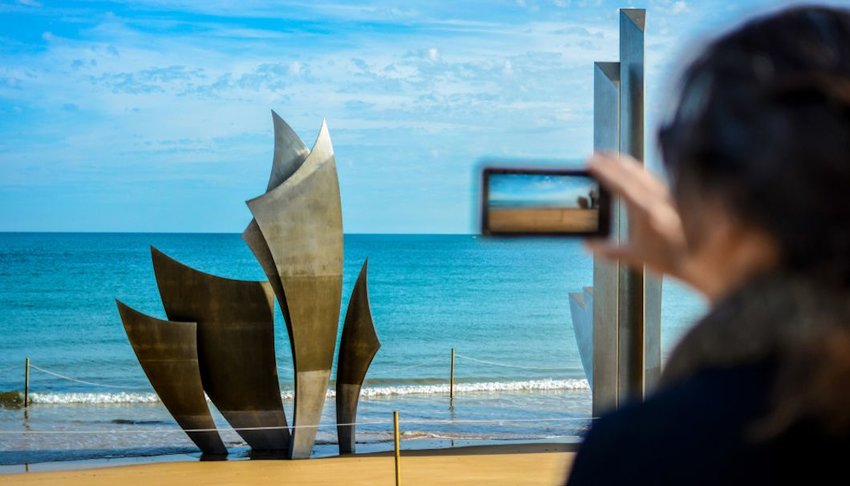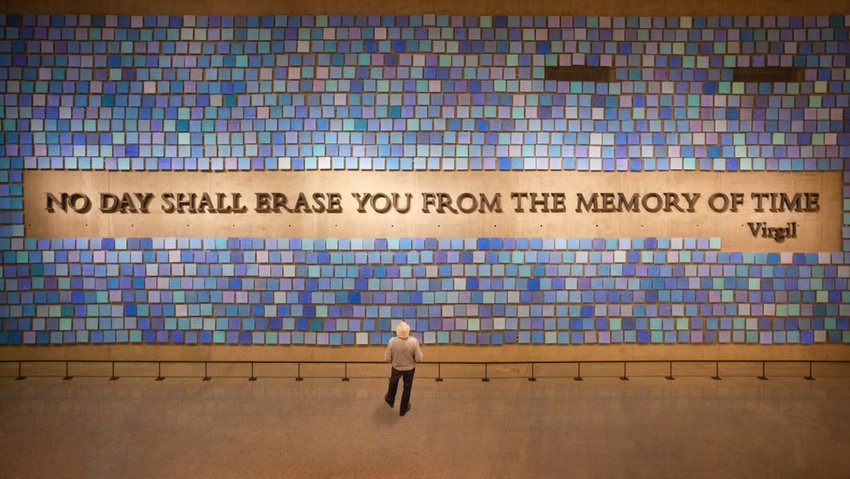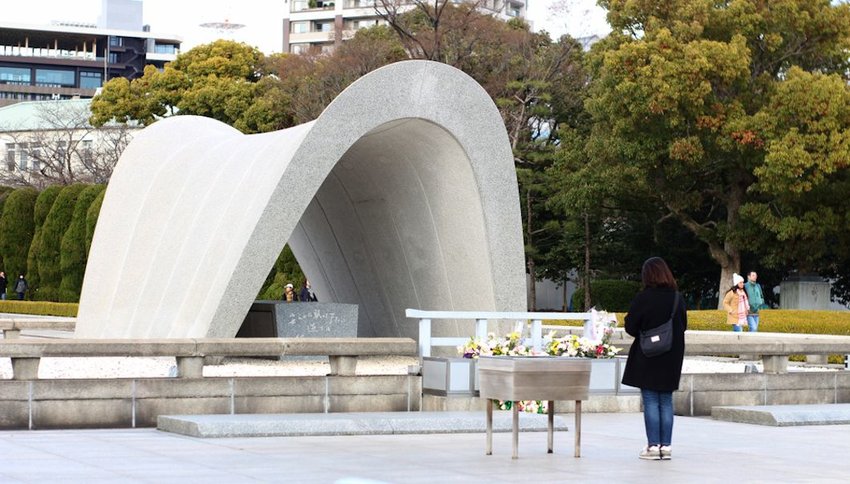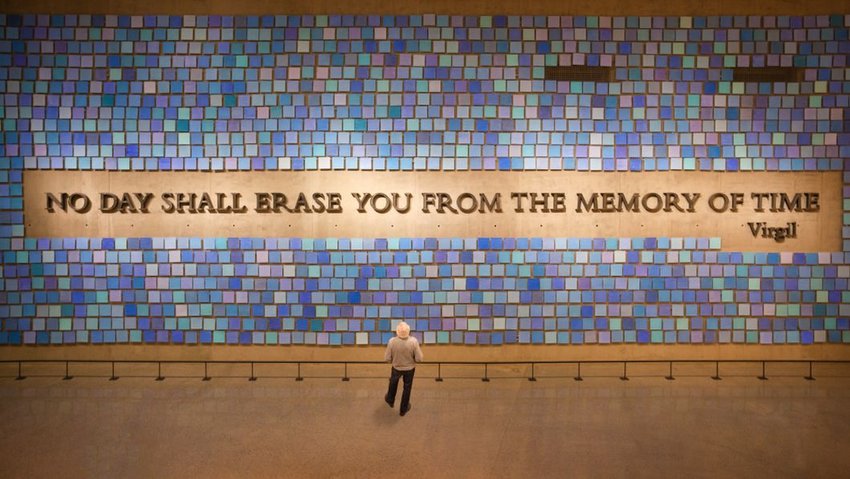With the 20th anniversary of the tragic events of September 11, 2001, upon us, this is a time to solemnly reflect on the great loss the U.S. experienced that day and pay our respects to the heroes who responded to the call. Many might choose to do so by visiting the 9/11 Memorial and Museum in New York City, or the Flight 93 Memorial in Pennsylvania, which, among many other memorials around the world, honor the fallen.
The events that took place on 9/11 were horrific and scarred the country forever. Unfortunately, the U.S. is far from the only nation to experience a tragedy like this. As a traveler, it’s impossible not to come across memorials or sites like this in other countries. Many of these somber sites have become ingrained in a destination's culture and history, and draw thousands of visitors each year. Whether you’re visiting The Killing Fields in Cambodia or touring the site of the world’s worst nuclear disaster in Chernobyl, your conduct in such places is crucial.
Not sure how to behave when visiting somber sites? Check out our guide for some quick pointers on how to be a respectful visitor at any memorial.
1) No Selfies, Please!

Remember, you are standing on the site that commemorates a chilling or devastating event at some point in the past. People may have lost their lives beneath your very feet. Is this really the most appropriate time to take a selfie? The answer is a hard no.
While it is okay to take photos of the memorial itself, it’s probably not the best idea to pose and draw attention to yourself if you plan to do so.
2) Quietly Observe

It’s safe to assume that you should keep your voice low and only talk when necessary when you’re visiting a memorial. Loud talking or continuous conversation with your friend shows other visitors that you’re not really appreciating the gravity of what you are seeing at that moment. Save the recap of the night before or the planning for the next day for when you’re having lunch at a café – far away from the memorial.
3) No Eating

Speaking of lunch, make sure you eat before or after your visit. Nothing says blatant disrespect like chowing down and leaving a trail of crumbs in your wake as you stroll casually around a memorial.
4) Look but Don’t Touch

Rules about not touching part of the memorial may vary from place to place. Some memorials may encourage interaction, while others clearly ward against it. Look for signs indicating appropriate behavior. If you don’t see any posted rules, it’s a good rule of thumb to keep your hands to yourself.
Parts or all of the memorial might be constructed from original materials that date back long ago, meaning they could be too fragile for curious tourists poking and prodding at them. Additionally, it could be seen as a general disrespect to run your hand along a memorial – especially if you are a foreign visitor. Also remember fountains are typically meant for aesthetic and as symbols of peace, not swimming. And this should go without saying, but don't try to take a souvenir home from the memorial. Picking up a handful of dirt or plucking a rose from a garden is not only disrespectful, but in many countries illegal.
5) Dress Appropriately

Anything too short, tight or revealing is generally frowned upon when visiting a memorial. Memorials pay homage to destructive or devastating events in which people lost their lives, and while you don’t have to dress like you’re going to a funeral, dressing with a little class avoids stares and unwanted attention. That means dressing with a certain degree of coverage (especially if you’re visiting a memorial in a conservative country) and a general level of common sense.
6) Leave a Donation

Many memorials are free to visit, but it does take money to keep them up and running. You may see a donation box somewhere on the memorial grounds. Even if it’s a few dollars, donating what you’re able to shows you understand the cause and respect the site.
7) Leave the Political Commentary at Home

Many of these memorials commemorate events that are inherently political. But a site honoring the fallen is not the appropriate arena to discuss your own political opinions. The memorials and museums sometimes associated with them are meant to spark reflection, and asking respectful questions of tour guides is always welcomed. But loudly sharing your own opinions or attempting to debate politics while on site is in poor taste.





